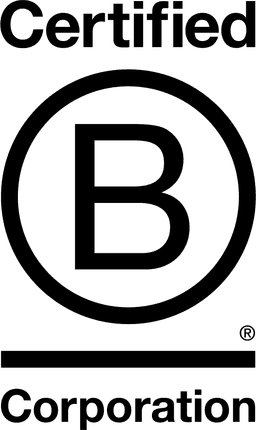

Playa Viva LLC

Guerrero, Mexico
January 2023
Accommodation
Service with Significant Environmental Footprint
Mexico
Playa Viva is a regenerative hotel “where your vacation meets your values TM” dedicated to a triple-bottom-line that works to improve planet, people and prosperity. The hotel is situated at the base of the Sierra Madre Mountains on the Pacific Coast of Mexico, forty minutes from Zihuatanejo-Ixtapa International Airport (ZIH). Guests enjoy the luxury of immersion in nature with nearly a mile of private beach and 200 acres of nature reserve to explore. Since opening in 2008, Playa Viva has been built on the highest standards of environmental & social impact and is proud to be the founding hotel behind Regenerative Travel. Key Impact highlights include spearheading the non-profit ReSiMar, a community-driven watershed regeneration project (working in five nodes: education, sustainable fisheries, water, conservation, and permaculture) and on-site sea turtle sanctuary, La Tortuga Viva, that protects endangered species. The property runs on 100% off-grid solar power, solar thermal hot water, and on-site grey- and black-water processing. While the extensive on-site permaculture farm cultivates everything from produce to building materials. Playa Viva is proud to be a world-leading example of experiential travel that offers an authentic, all-encompassing regenerative experience
Overall B Impact Score
Governance 14.9
Governance evaluates a company's overall mission, engagement around its social/environmental impact, ethics, and transparency. This section also evaluates the ability of a company to protect their mission and formally consider stakeholders in decision making through their corporate structure (e.g. benefit corporation) or corporate governing documents.
What is this? A company with an Impact Business Model is intentionally designed to create a specific positive outcome for one of its stakeholders - such as workers, community, environment, or customers.
Workers 19.8
Workers evaluates a company’s contributions to its employees’ financial security, health & safety, wellness, career development, and engagement & satisfaction. In addition, this section recognizes business models designed to benefit workers, such as companies that are at least 40% owned by non-executive employees and those that have workforce development programs to support individuals with barriers to employment.
What is this? A company with an Impact Business Model is intentionally designed to create a specific positive outcome for one of its stakeholders - such as workers, community, environment, or customers.
Community 47.2
Community evaluates a company’s engagement with and impact on the communities in which it operates, hires from, and sources from. Topics include diversity, equity & inclusion, economic impact, civic engagement, charitable giving, and supply chain management. In addition, this section recognizes business models that are designed to address specific community-oriented problems, such as poverty alleviation through fair trade sourcing or distribution via microenterprises, producer cooperative models, locally focused economic development, and formal charitable giving commitments.
What is this? A company with an Impact Business Model is intentionally designed to create a specific positive outcome for one of its stakeholders - such as workers, community, environment, or customers.
Environment 23.5
Environment evaluates a company’s overall environmental management practices as well as its impact on the air, climate, water, land, and biodiversity. This includes the direct impact of a company’s operations and, when applicable its supply chain and distribution channels. This section also recognizes companies with environmentally innovative production processes and those that sell products or services that have a positive environmental impact. Some examples might include products and services that create renewable energy, reduce consumption or waste, conserve land or wildlife, provide less toxic alternatives to the market, or educate people about environmental problems.
Customers 4.4
Customers evaluates a company’s stewardship of its customers through the quality of its products and services, ethical marketing, data privacy and security, and feedback channels. In addition, this section recognizes products or services that are designed to address a particular social problem for or through its customers, such as health or educational products, arts & media products, serving underserved customers/clients, and services that improve the social impact of other businesses or organizations.